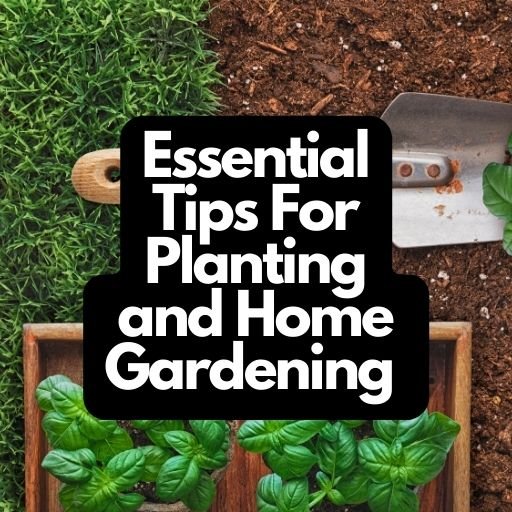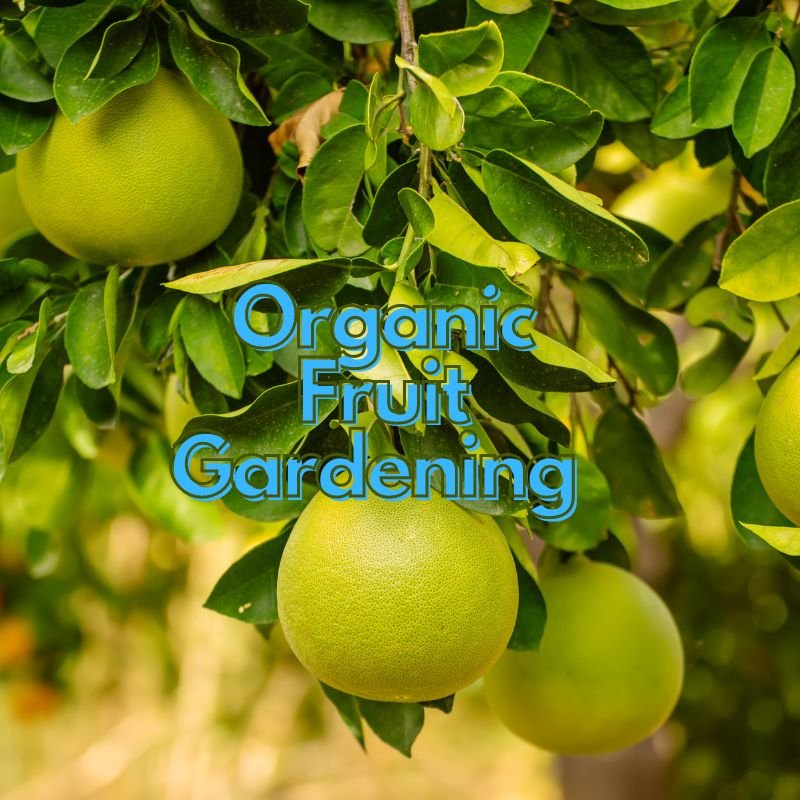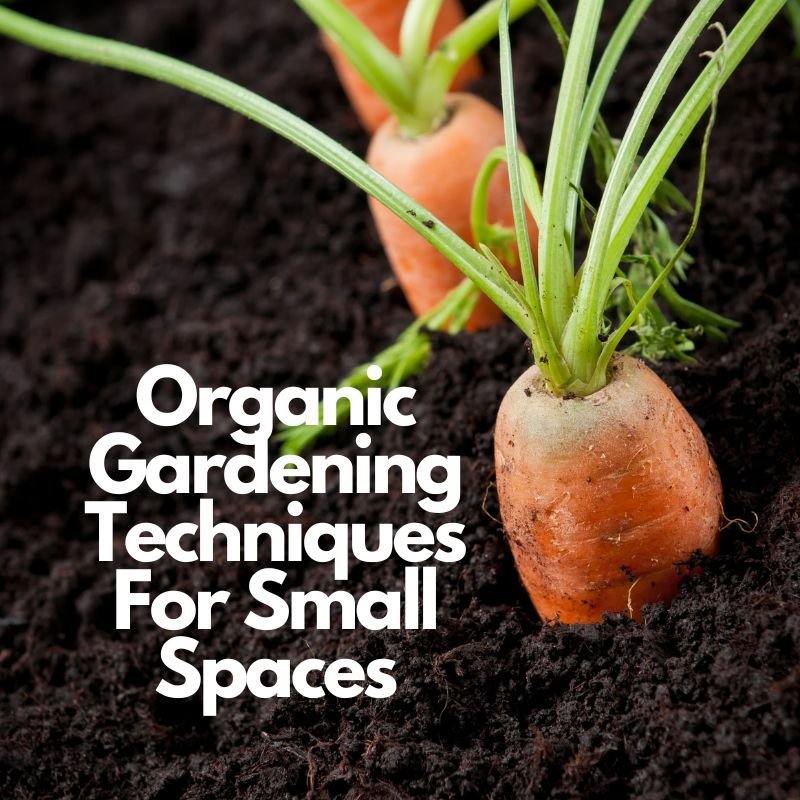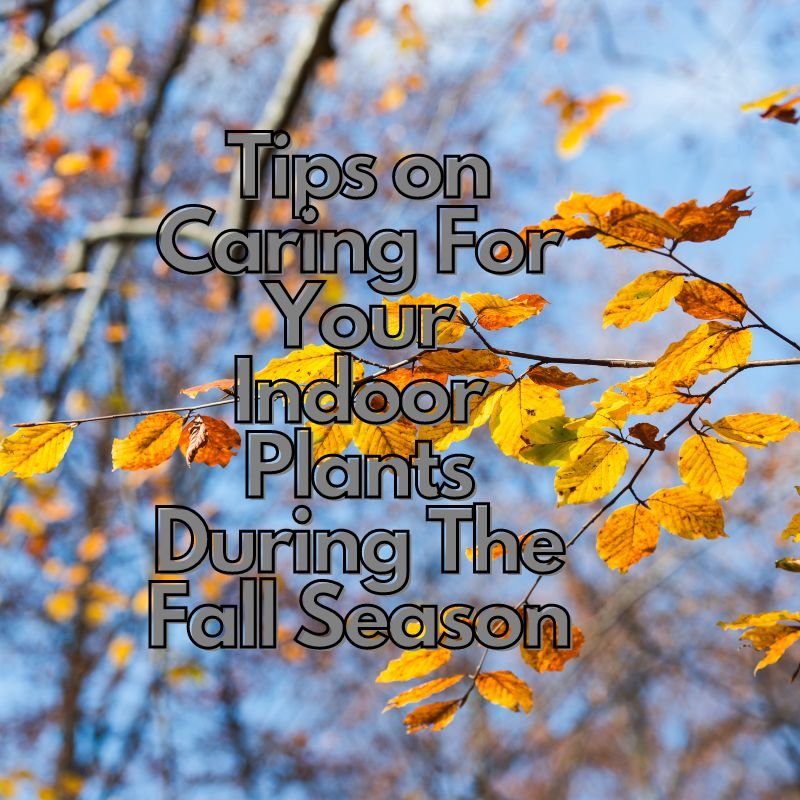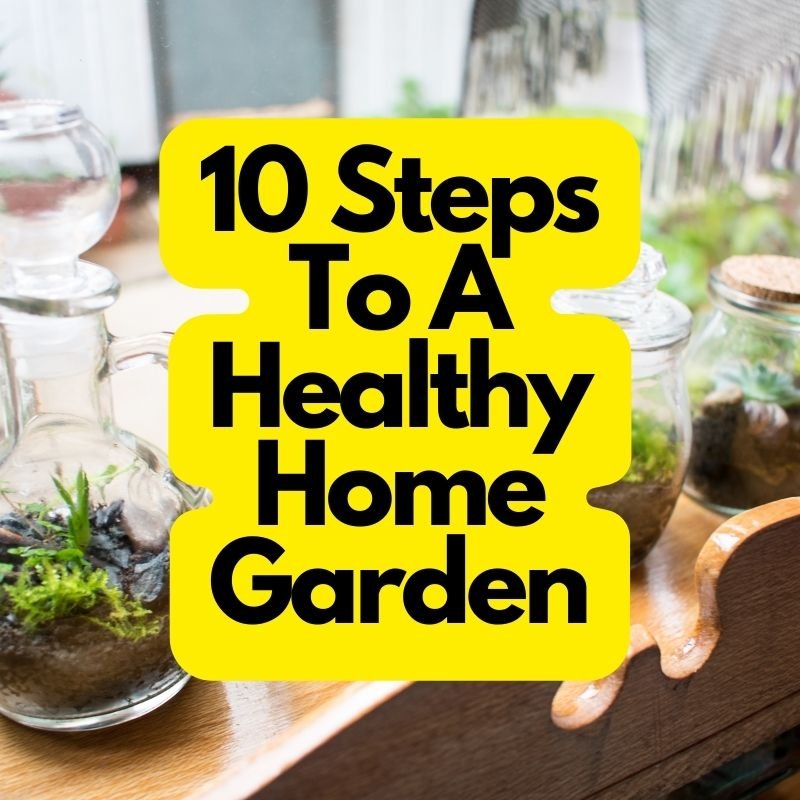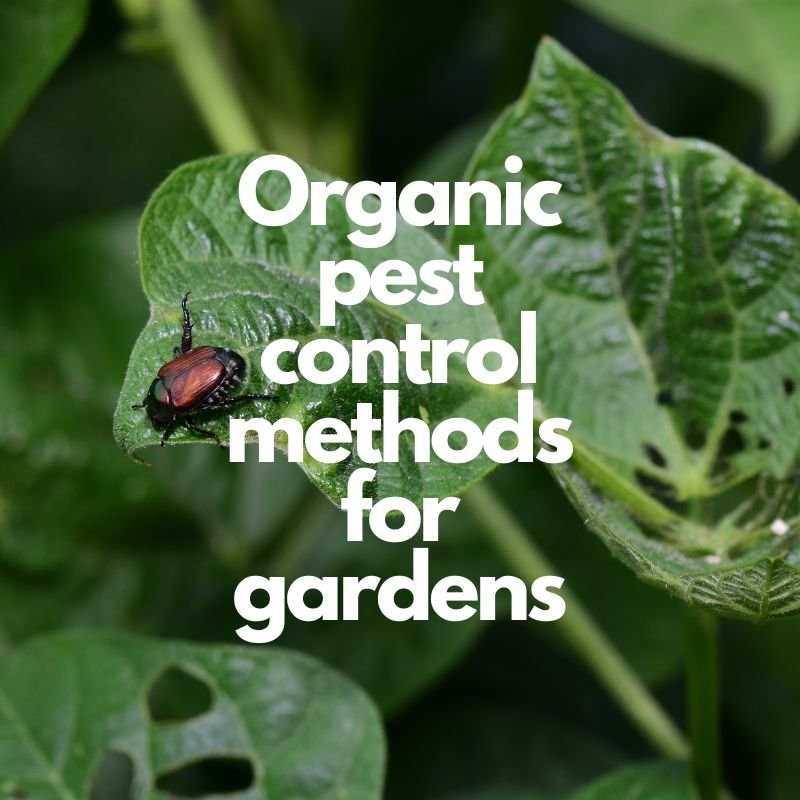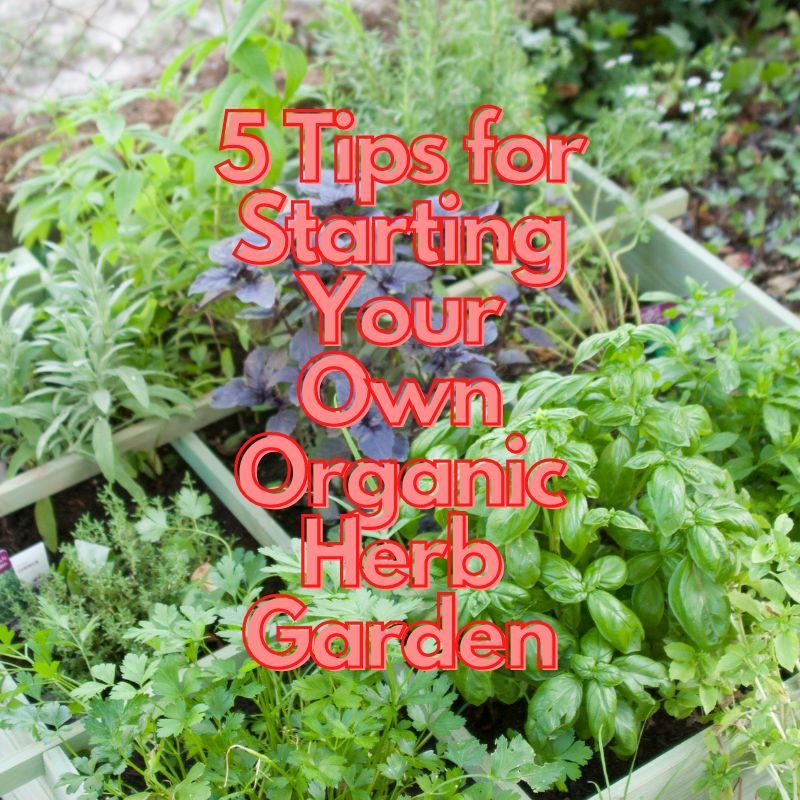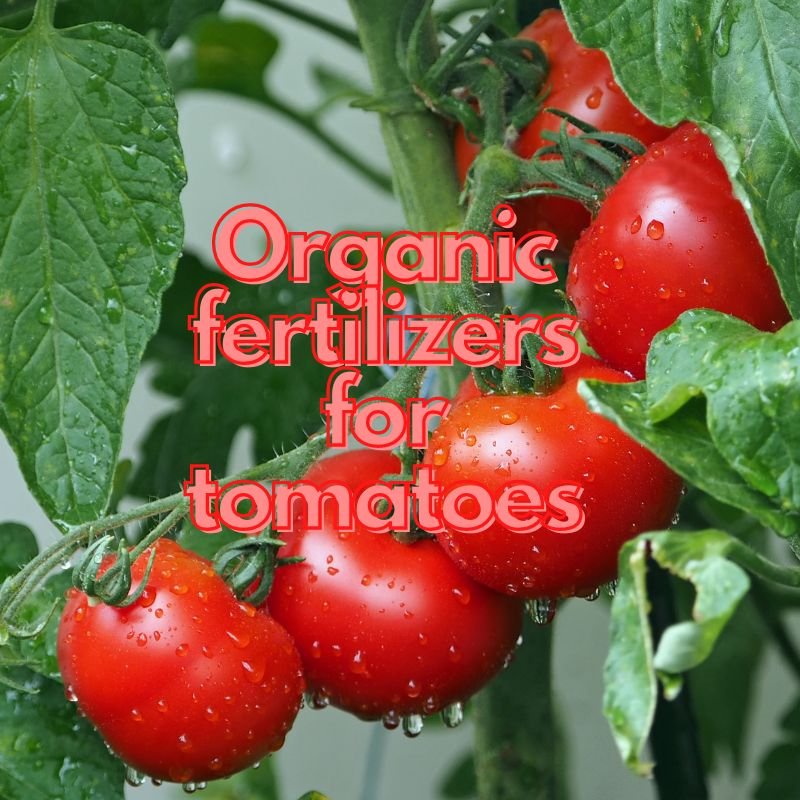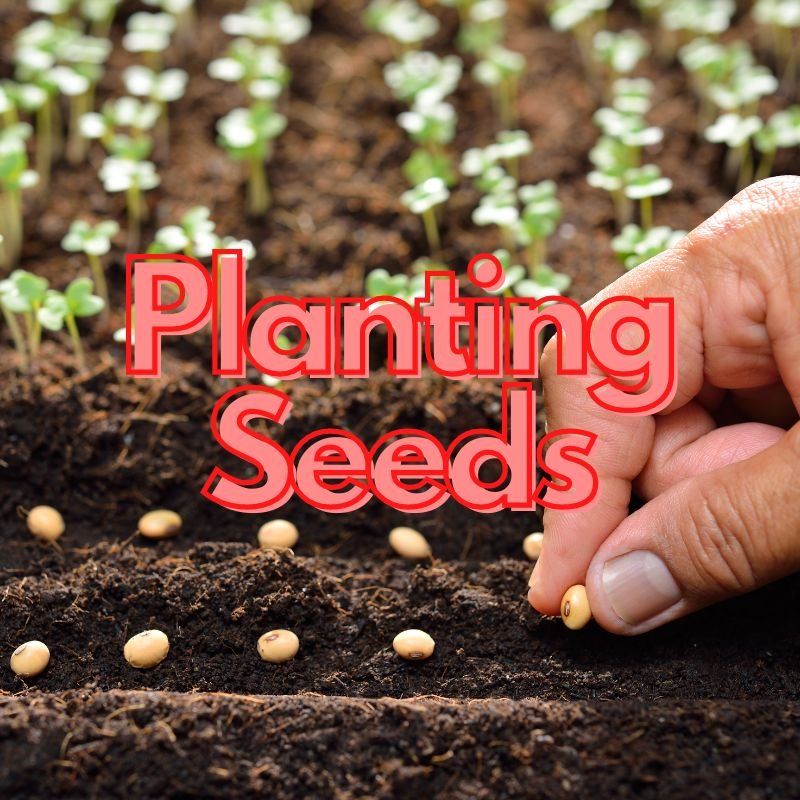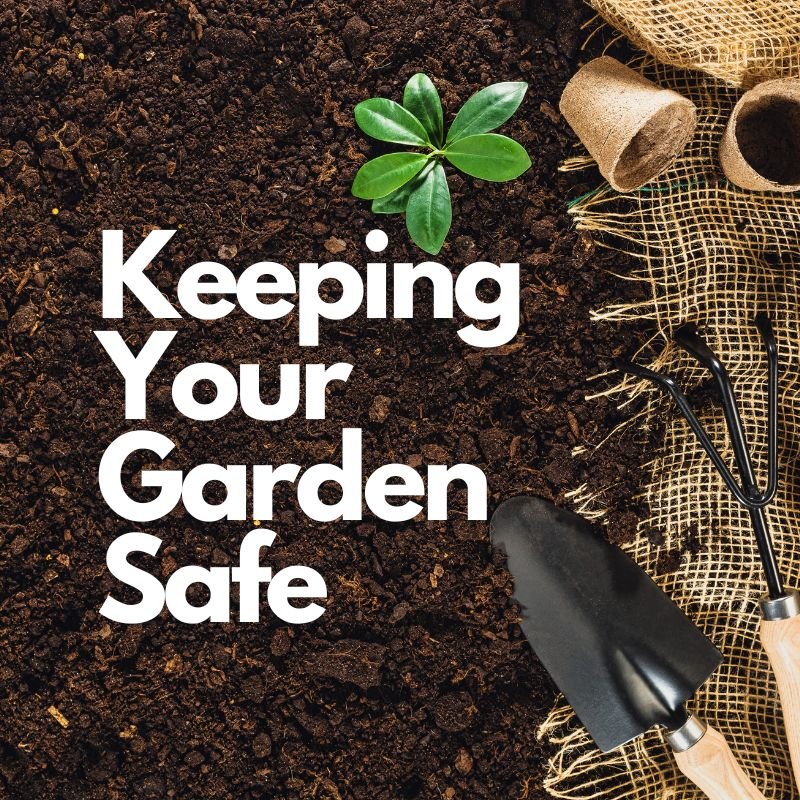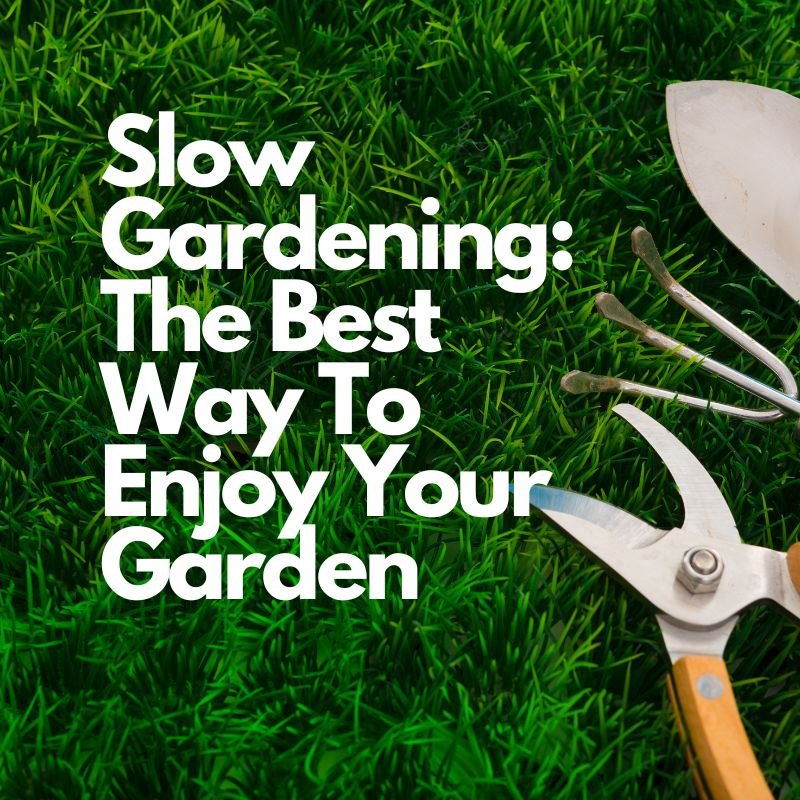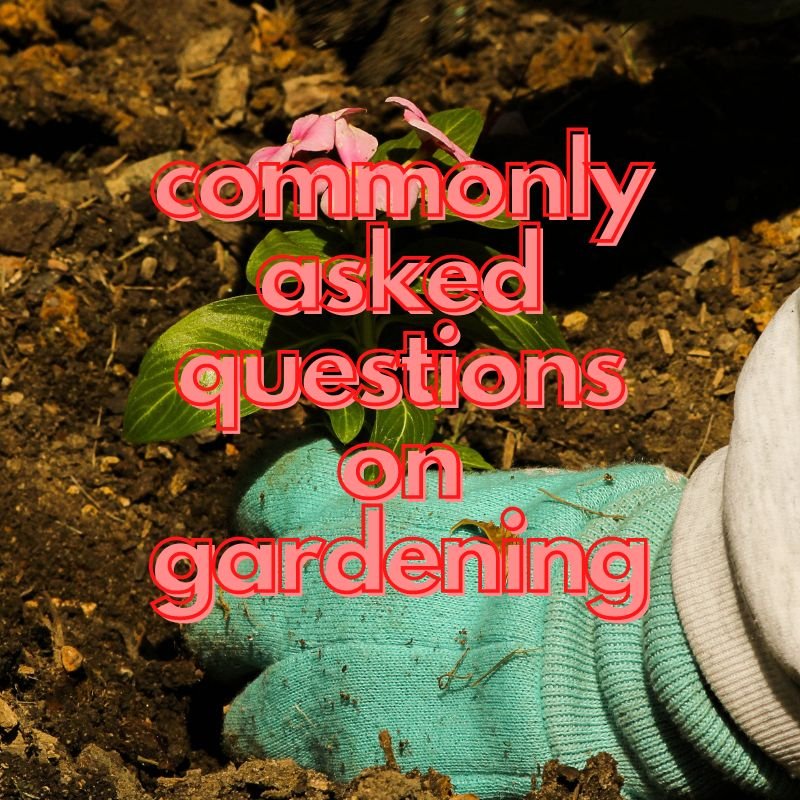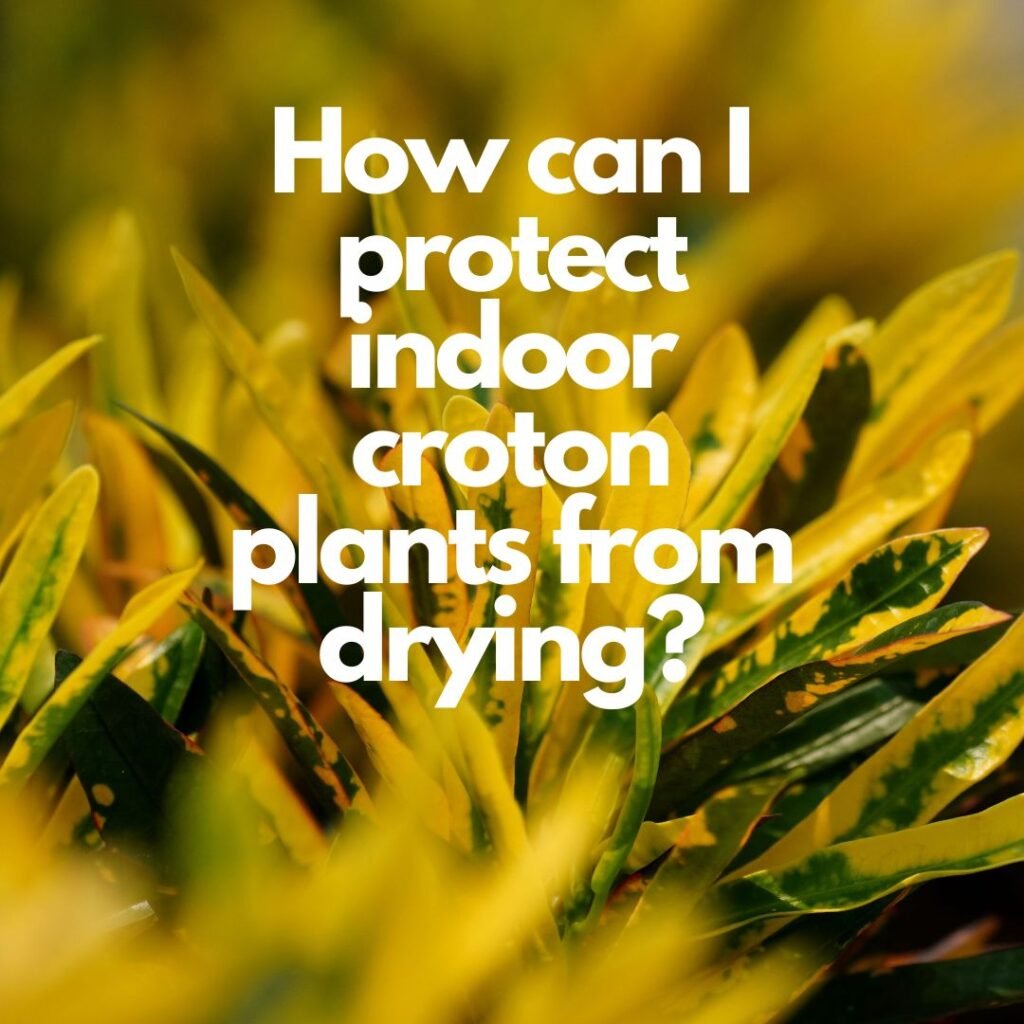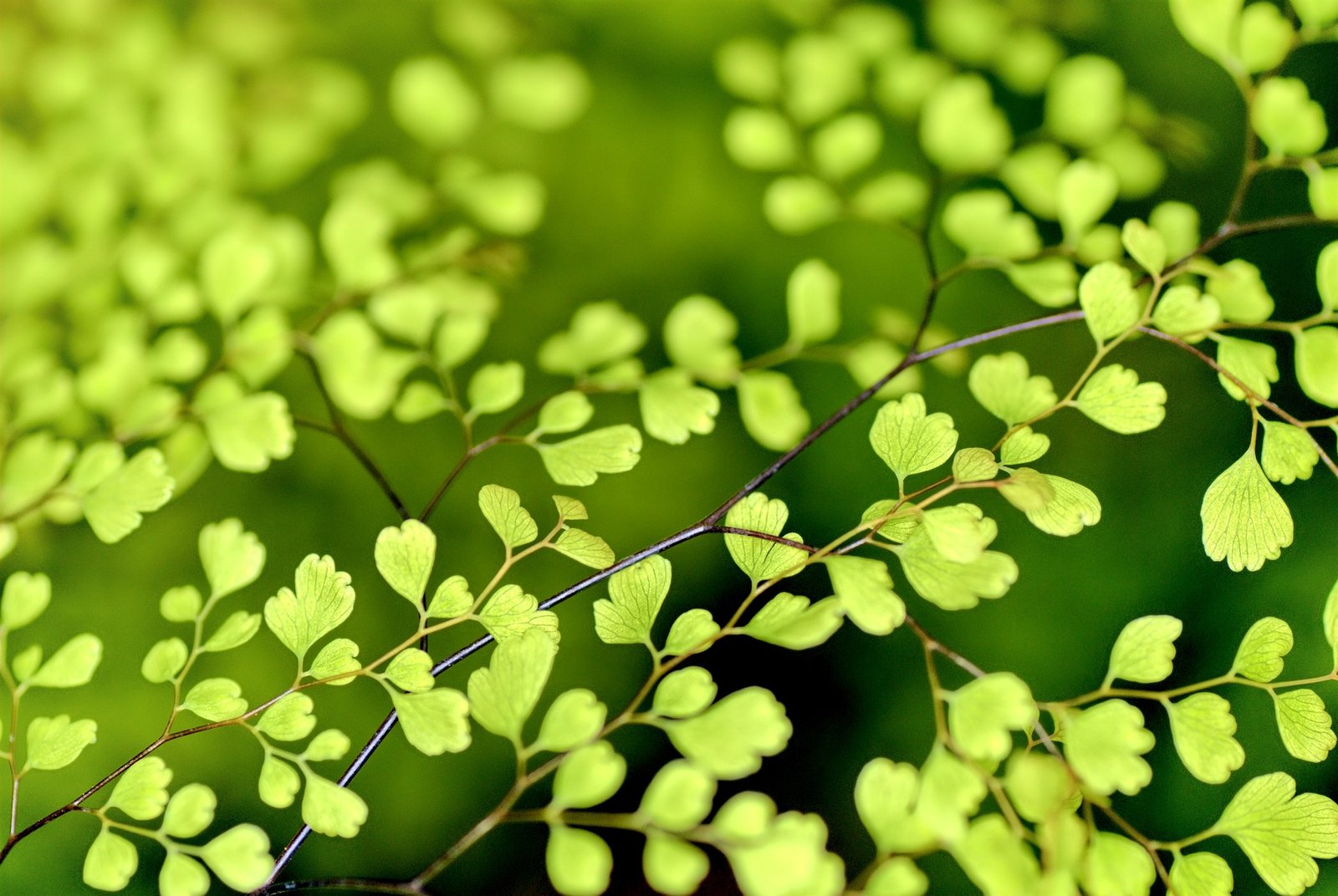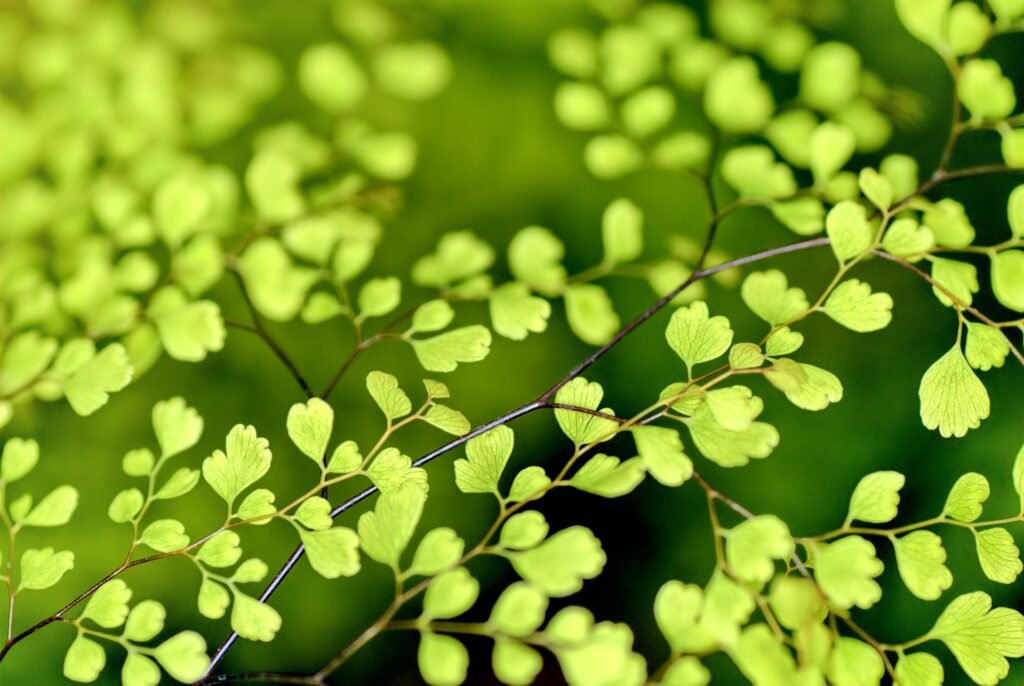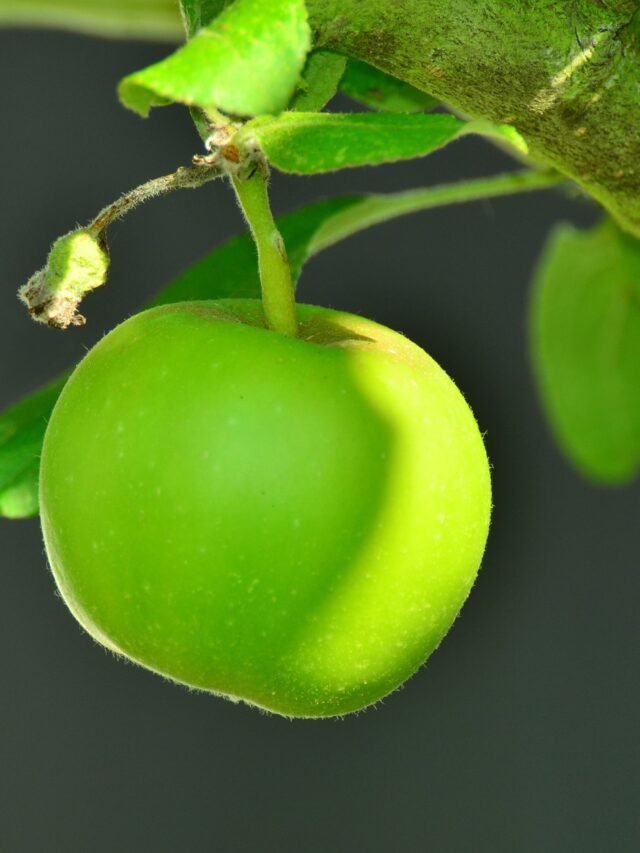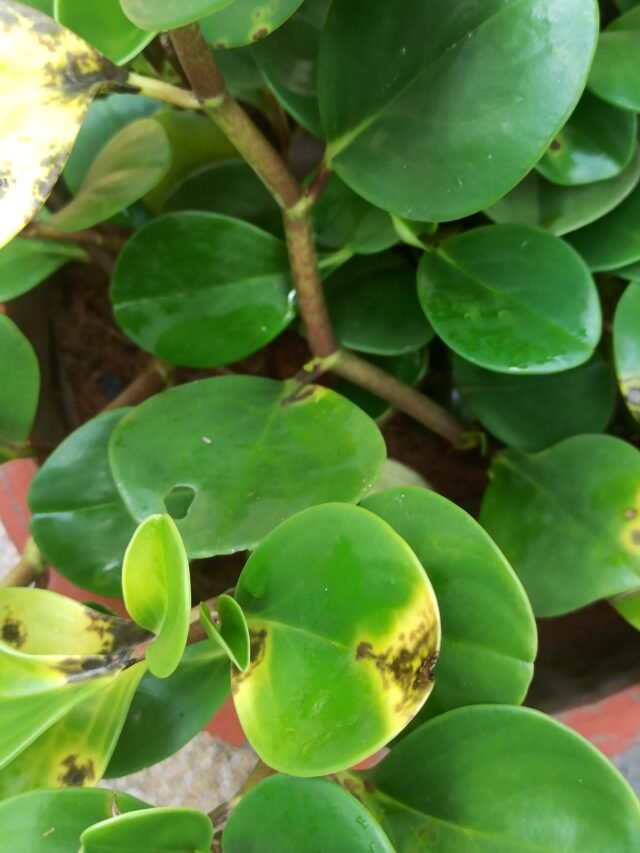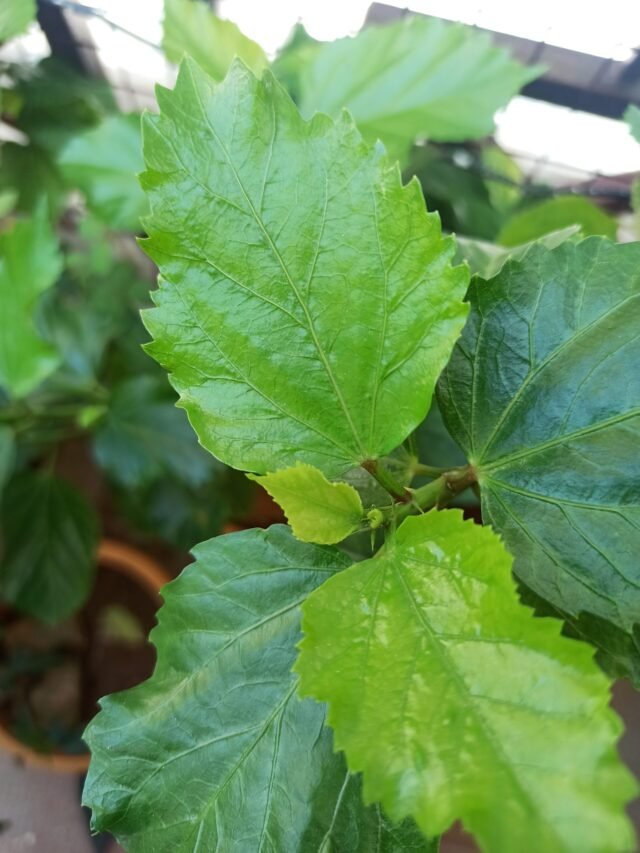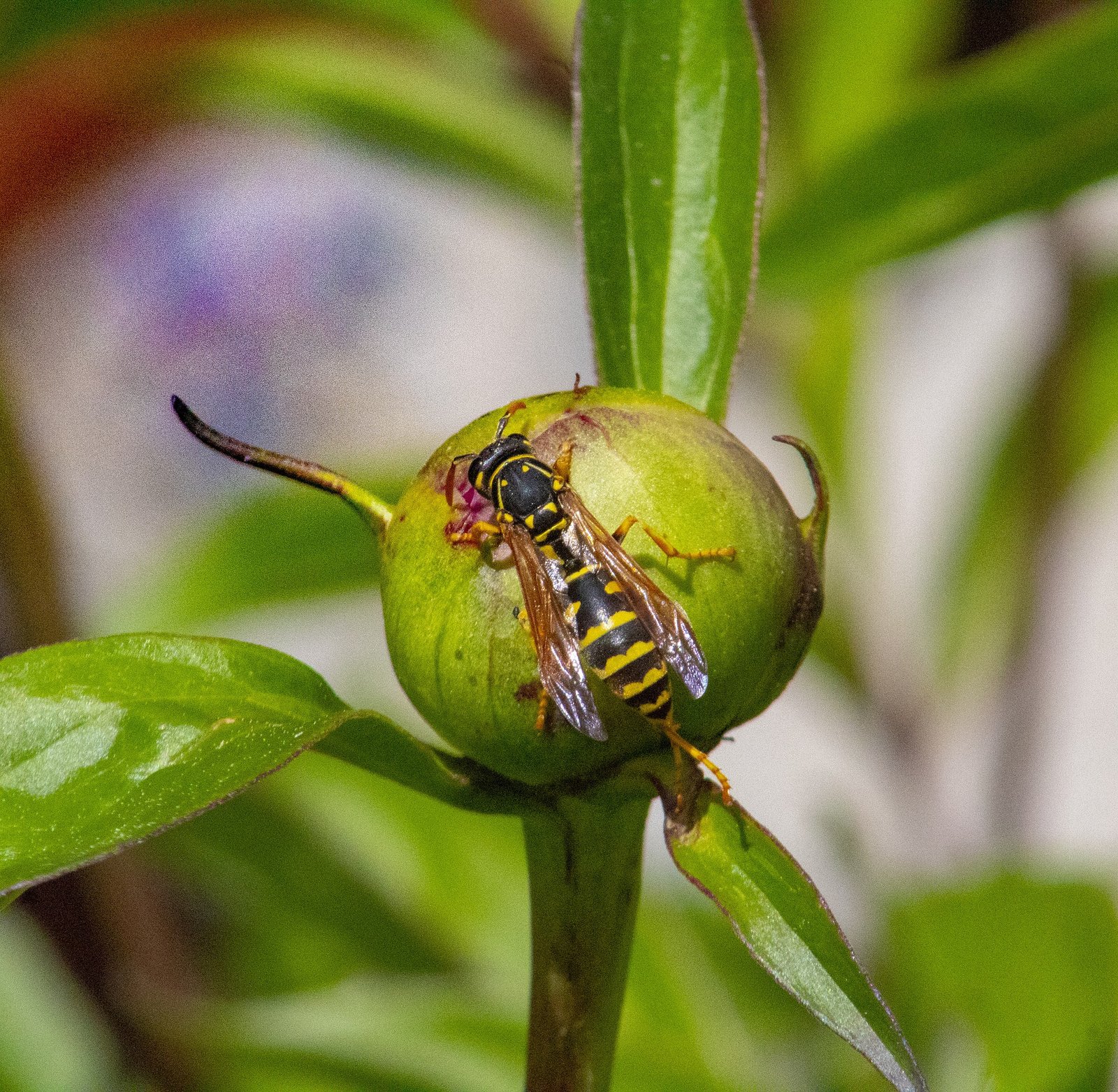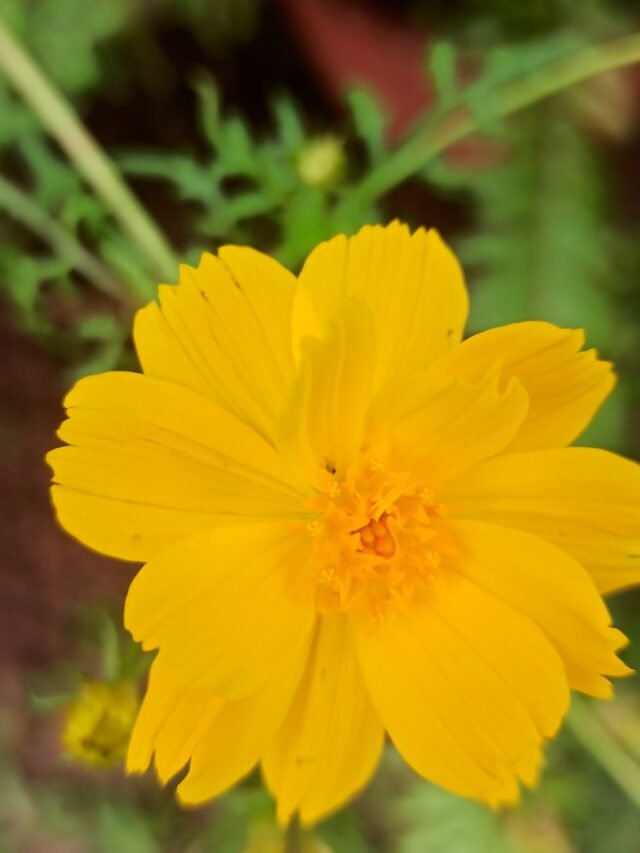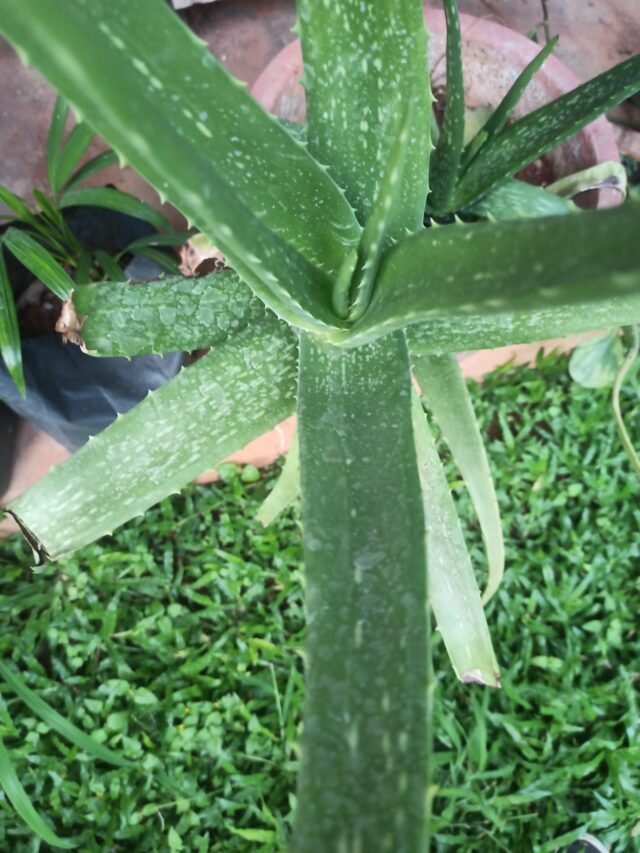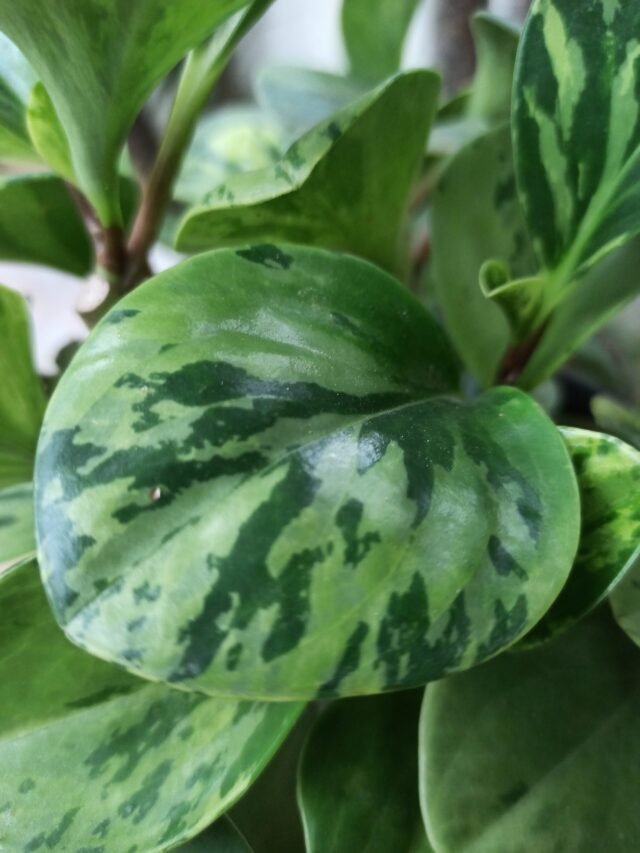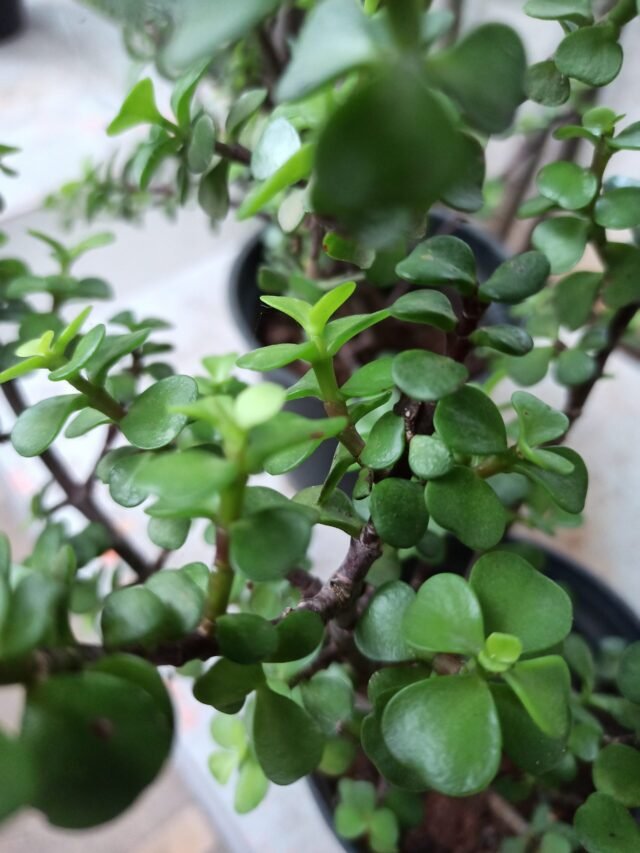The goldfish plant, also known by its scientific name Nematanthus gregarius, is a tropical plant native to the rainforests of Central and South America. Its name comes from the unique shape of its flowers, which resemble small goldfish swimming in a pond. This plant belongs to the Gesneriaceae family, which includes other popular houseplants like African violets and lipstick plants.
One of the most striking features of the goldfish plant is its vibrant and colorful blooms. The flowers can come in a variety of shades, including orange, red, yellow, and even purple. These eye-catching flowers are often contrasted against the plant’s glossy, dark green leaves, creating a visually stunning display.
When it comes to caring for the goldfish plant, it is important to recreate its natural rainforest habitat as closely as possible. This means providing it with warm temperatures, high humidity, and bright, indirect light. While it can tolerate lower light conditions, it thrives best when placed near a window with filtered sunlight. It is important to note that direct sunlight can scorch the leaves of the goldfish plant, so it’s best to avoid placing it in direct sunlight.
In terms of watering, the goldfish plant prefers to be kept moist but not overly saturated. It is important to allow the top inch of soil to dry out slightly between waterings to prevent root rot. Additionally, misting the leaves regularly can help increase humidity levels and keep the plant happy.
As for potential health benefits, the goldfish plant is not only a beautiful addition to your home but also has air-purifying properties. Like many other houseplants, it can help improve indoor air quality by filtering out toxins and releasing oxygen. This can lead to a healthier and more pleasant living environment.
In conclusion, the goldfish plant is a unique and stunning houseplant that can bring a touch of tropical beauty to any space. With its vibrant blooms, glossy foliage, and potential health benefits, it is no wonder that this plant is a popular choice among plant enthusiasts. Whether you’re a seasoned plant lover or just starting your indoor gardening journey, the goldfish plant is definitely worth considering.
Caring for Your Goldfish Plant
Now that you’re familiar with the goldfish plant’s captivating appearance, let’s discuss how to care for this tropical beauty.
Light
The goldfish plant thrives in bright, indirect light. It should be placed near a window where it can receive filtered sunlight throughout the day. Avoid placing it in direct sunlight, as this can scorch the leaves and cause damage to the plant. If you notice that the leaves are turning yellow or pale, it may be an indication that the plant is receiving too much light. On the other hand, if the leaves are dark green and the plant is not flowering, it may be a sign that it needs more light. Adjust the placement accordingly to ensure optimal light conditions for your goldfish plant.
Temperature and Humidity
Being a tropical plant, the goldfish plant prefers warm and humid conditions. It thrives in temperatures between 65°F and 80°F (18°C to 27°C) and appreciates a humidity level of around 50% to 60%. If the air in your home is dry, you can increase humidity by placing a tray of water near the plant or using a humidifier. Another option is to mist the leaves of the goldfish plant regularly, especially during the hot summer months or when the indoor heating is on. This will help mimic the humid conditions it would experience in its natural habitat.
Watering
Proper watering is crucial for the health of your goldfish plant. It prefers consistently moist soil but not overly saturated. Allow the top inch of soil to dry out between waterings, and then water thoroughly until water drains out of the bottom of the pot. Avoid letting the plant sit in standing water, as this can lead to root rot. It’s important to note that the goldfish plant is sensitive to water quality. It is best to use filtered or distilled water, as tap water may contain chemicals such as chlorine and fluoride that can be harmful to the plant.
During the growing season (spring and summer), you may need to water your goldfish plant more frequently. In the dormant season (fall and winter), reduce watering and allow the soil to dry out a bit more between waterings. It’s always a good idea to check the moisture level of the soil before watering to avoid overwatering or underwatering.
Soil and Fertilizer
Use a well-draining potting mix specifically formulated for tropical plants when planting or repotting your goldfish plant. You can also add some perlite or orchid bark to improve drainage. This will prevent the soil from becoming compacted and ensure proper airflow to the roots.
Fertilize your goldfish plant every 2-4 weeks during the growing season using a balanced, water-soluble fertilizer. Be sure to follow the instructions on the fertilizer packaging for proper dilution and application. Overfertilizing can lead to salt buildup in the soil, which can cause damage to the plant. If you notice any signs of fertilizer burn, such as brown tips on the leaves or wilting, flush the soil with water to remove the excess salts.
Pruning and Propagation
To keep your goldfish plant looking its best, you can prune it regularly. Pruning helps maintain a compact shape and encourages new growth. Use clean, sharp pruning shears to remove any dead or yellowing leaves, as well as any leggy or overgrown stems. You can also pinch back the tips of the stems to promote branching and a bushier growth habit.
If you’d like to propagate your goldfish plant, you can do so through stem cuttings. Take a 3-4 inch cutting just below a leaf node and remove the lower leaves. Dip the cut end in rooting hormone and plant it in a small pot with moist potting mix. Place the pot in a warm, humid environment and keep the soil consistently moist until roots develop. This process can take several weeks, so be patient and provide the necessary care for the cutting to establish itself.
By following these care tips, you can ensure that your goldfish plant remains healthy and vibrant, delighting you with its unique foliage and occasional bursts of colorful flowers.
The Benefits of Having a Goldfish Plant
Aside from its stunning appearance, the goldfish plant offers several benefits that make it a great addition to any indoor space.
Air Purification
Like many other houseplants, the goldfish plant helps improve indoor air quality by filtering out toxins and releasing oxygen. It can remove common pollutants such as formaldehyde, benzene, and xylene, which are often found in household products and furnishings.
Indoor air pollution is a growing concern, especially in urban areas where people spend most of their time indoors. The goldfish plant acts as a natural air purifier, helping to remove harmful substances from the air and creating a healthier living environment. By having a goldfish plant in your home or office, you can breathe in cleaner air and reduce the risk of respiratory problems and allergies.
Stress Reduction
Having plants in your environment has been shown to reduce stress and promote a sense of calm. The goldfish plant’s vibrant colors and unique flowers can bring a touch of nature indoors and create a soothing atmosphere.
Studies have shown that being in nature or even just looking at images of nature can have a positive impact on our mental well-being. The goldfish plant, with its beautiful blooms and lush foliage, can evoke feelings of tranquility and relaxation. Whether you place it in your living room, bedroom, or office, having a goldfish plant around can help you unwind after a long day and create a more peaceful atmosphere.
Bringing Nature Indoors
Not everyone has access to a garden or outdoor space, but that doesn’t mean you can’t enjoy the beauty of nature. The goldfish plant allows you to bring a piece of the rainforest into your home, providing a connection to the natural world.
With its vibrant orange flowers that resemble goldfish, the goldfish plant adds a tropical touch to any indoor space. Its unique appearance can instantly brighten up a room and create a sense of wonder and fascination. By having a goldfish plant in your home, you can create a mini oasis and escape from the hustle and bustle of daily life. It’s like having a little piece of paradise right at your fingertips.




